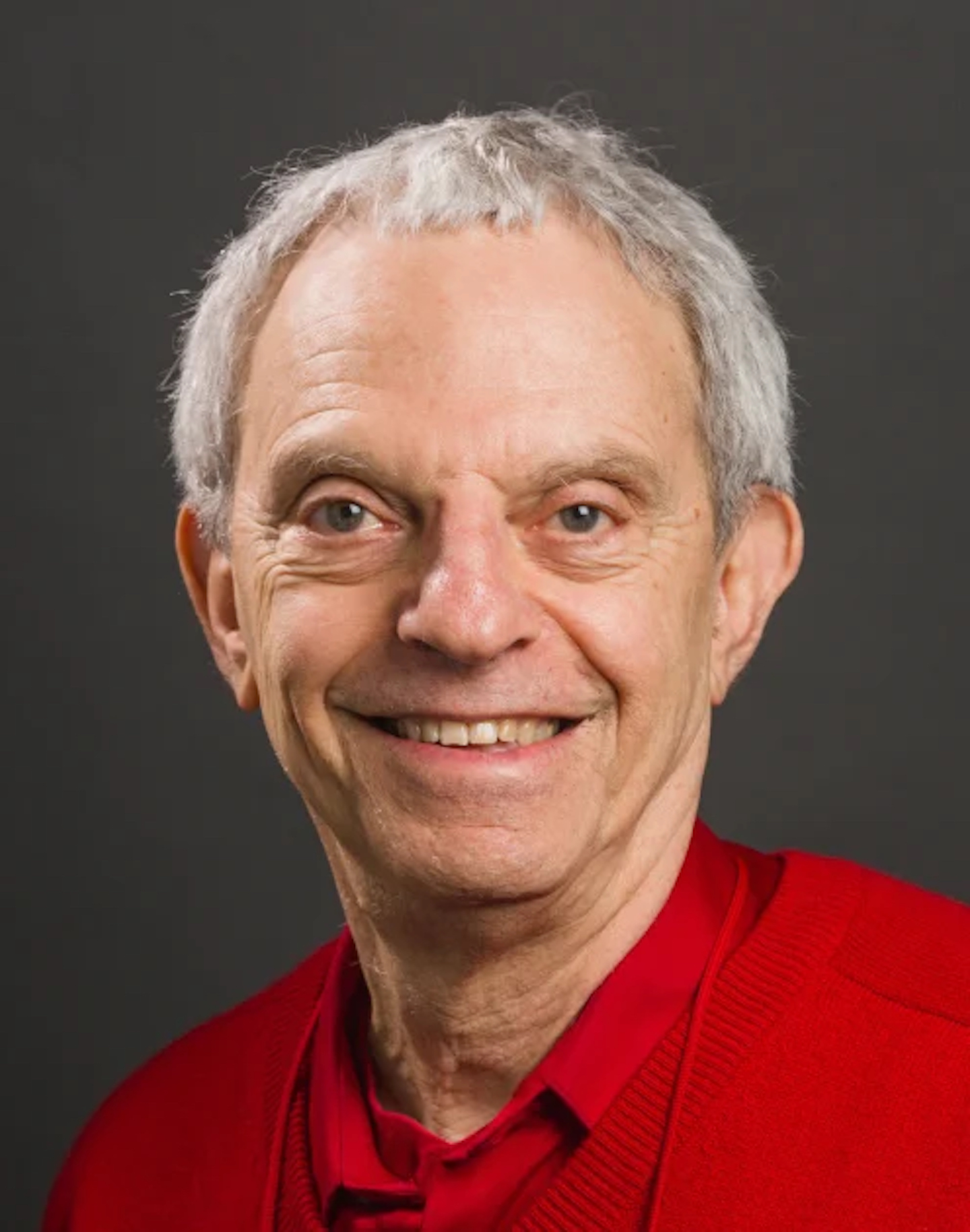Professor Lawrence Baruch Cohen, PhD, a faculty member in the Department of Cellular & Molecular Physiology at Yale School of Medicine for more than five decades, died on April 19, 2023, in Providence, Rhode Island, following a motor vehicle accident. He was born on June 18, 1939, in Indianapolis, Indiana. He graduated from the University of Chicago and obtained his PhD degree in zoology from Columbia University. Cohen pioneered the application of optical methods to neuroscience and cell physiology, and his discoveries helped to usher in the current era of in vivo imaging of neuronal activity and of genetically encoded voltage indicators.
Cohen began to explore optical approaches to probing membrane function (light scattering and birefringence) in the late 1960s when he was still a postdoctoral fellow in the laboratory of Richard D. Keynes at the University of Cambridge. During the next 55 years, he became the dominant figure in developing and applying optical methods in cell physiology, biophysics, and neuroscience. Indeed, most of the myriad current techniques involving photonic measurements can be traced to his direct initiation or his active involvement.
Beginning in the early 1970s, Cohen began using voltage-clamped squid giant axons to screen literally thousands of substances for their voltage sensitivity and freedom from phototoxicity. In 1972, he and his collaborators showed that Merocyanine 540, the first sensitive molecular indicator of membrane potential (potentiometric dye), could be used to record a single action potential from a squid giant axon. Of this period, Dr. Walter Boron, former professor and chair of the Department of Cellular and Molecular Physiology at Yale, recalled, “Burned into my memory of my graduate work is a late evening in Woods Hole. As we were leaving the lab for the day, we crowded into the small lab of a Yale faculty member, who was triggering tens of thousands of action potentials in a squid giant axon while simultaneously recording the optical absorbance signals (using what we now would regard as extremely primitive technology) from an early voltage-sensitive dye. We were all amazed.” In 1973, again using Merocyanine 540, Cohen and colleagues monitored electrical activity from an individual leech sensory neuron, and this was the first optical recording from a real intact neuron.
Then, in 1977, Cohen’s lab showed that as many as 14 barnacle neurons could be monitored simultaneously, and individually, using voltage-sensitive absorbance dyes. Action potentials and synaptic potentials, both excitatory and inhibitory, could be recorded for many seconds. This began the era of optical recording from many neurons simultaneously, culminating in the recording of hundreds of neurons from preparations as diverse as invertebrate ganglia and mammalian cortices. Among many highlights from this period was the demonstration that simple learning paradigms in invertebrates involved the participation of hundreds of neurons. In nearly five decades, several thousand plausibly potentiometric probes have been synthesized and assayed, and, in the last two decades, Cohen was in the forefront of exploring genetically encoded voltage-sensitive proteins. Among the earliest suggested applications of voltage-sensitive dyes was their possible use in probing membrane voltage at otherwise inaccessible regions of cells, perhaps best exemplified by the transverse tubular system of skeletal muscle. These were quickly realized, as were many more uses for these molecular voltmeters.
From intramolecular profiling of the dynamic electric field to cortical and subcortical mapping of brain activity, Cohen's work and influence on optical recording of membrane potential and changes in intracellular calcium in particular, and optical methods in cell physiology in general, have shaped an entire field. Boron’s recollections continued, “Larry was one of the most creative scientists at Yale. There are lots of smart people. But more rare are those that change the way we think.”
Cohen had a remarkable quickness of mind and analytical ability. This was often belied by his slowness of speech, which usually reflected consideration and caution. He also possessed an unusual talent for recognizing important outstanding problems in his area of interest, and in other areas as well. He also was an exceptional mentor to scores of students, postdocs, and collaborators, many of whom went on to distinguished careers in several areas related to light and imaging.
He is survived by his two sons, Daniel and Avrum; his daughter, Lily; his grandsons, Zev, Samuel, and Jason; his sisters, Miriam, Debbie, Jenny, Hermine, and Rena; his brothers, Teddy and Ben Zion; and his former wife, Barbara Ehrlich, PhD, professor of pharmacology and of cellular & molecular physiology.
